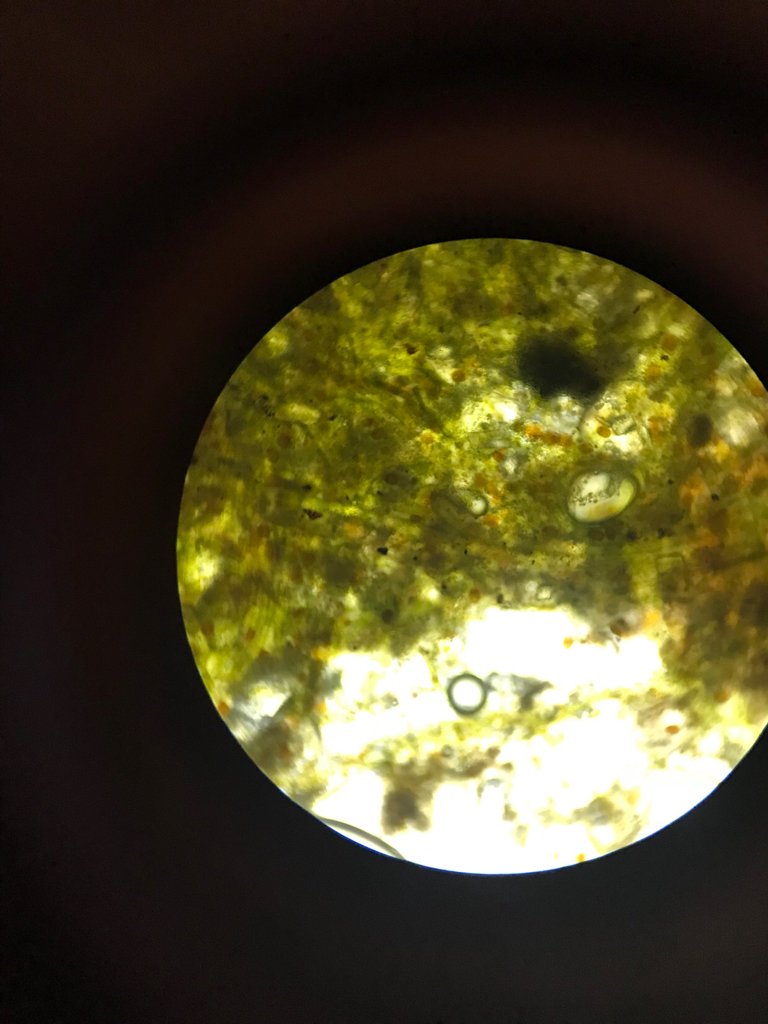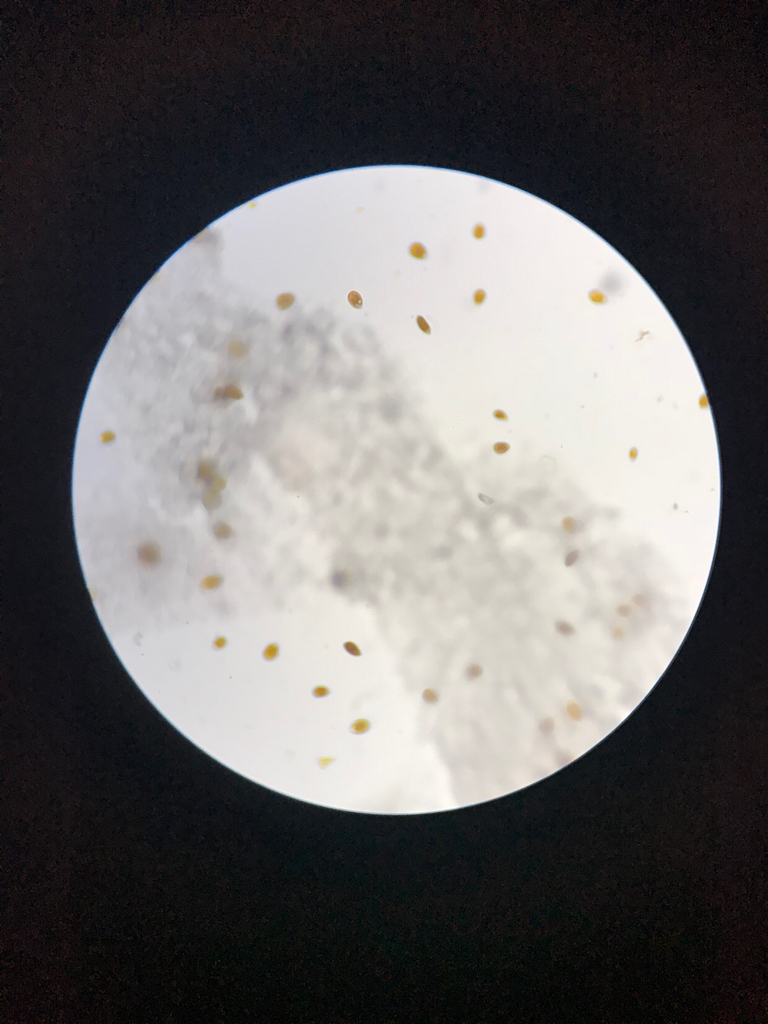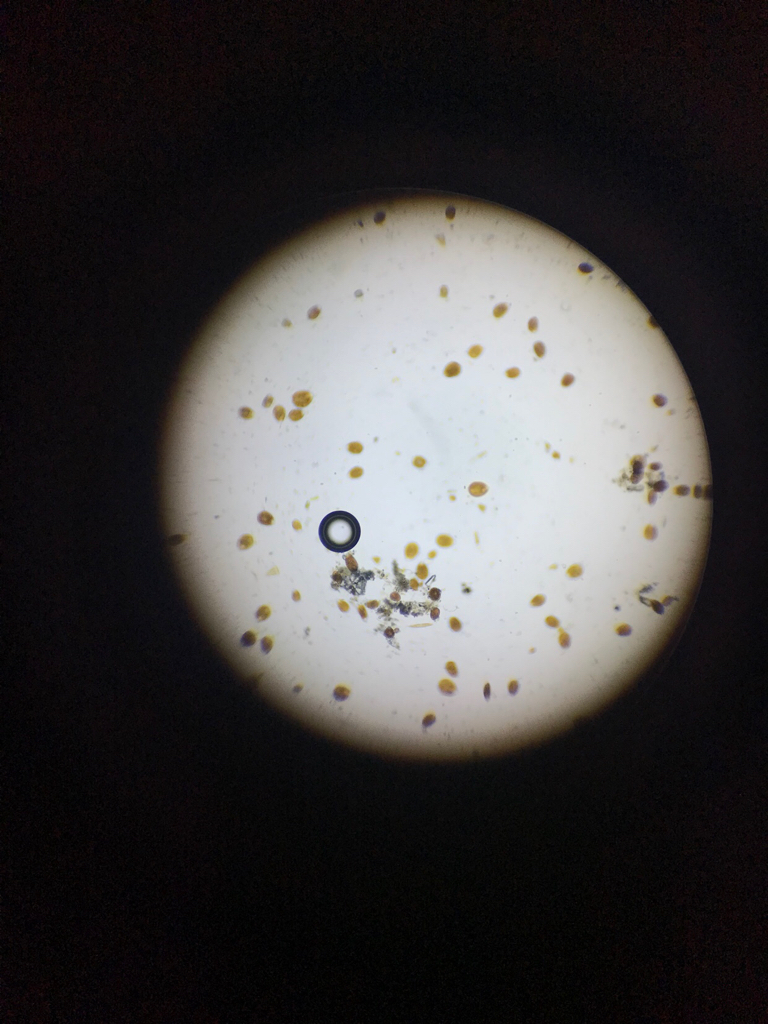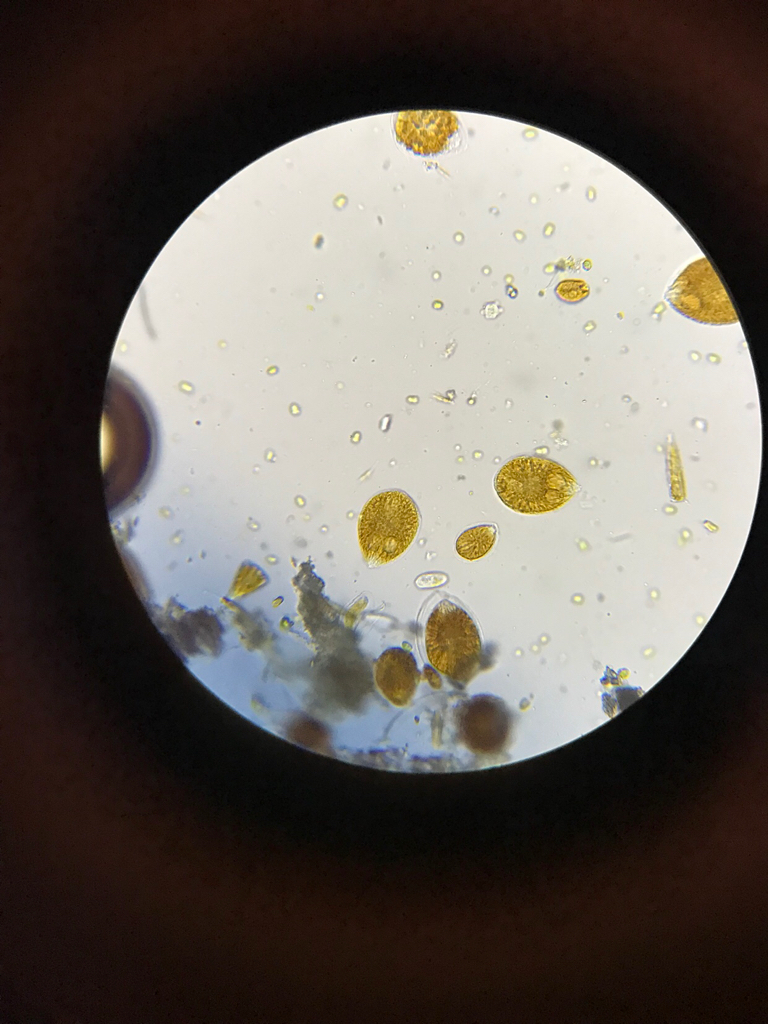- Joined
- Nov 16, 2017
- Messages
- 61
- Reaction score
- 61
I have always used the recommended dosage with no issues. I have only had to do follow up treatments a few times in 5 years . You will still need to restrict your air intake even if you don’t have a collection cup because after the treatment you will need to skim out the chemiclean. Depending on the size of your silicone tubing. You can try a chopstick or something of that diameter to restrict the air being pulled into the skimmer venturi. Without a skimmer cup it becomes very foamy(like a bubble bath). As the Cyano dies you want it to be removed with the skimmer or your just adding to the negative nutrient level in your aquarium.






















